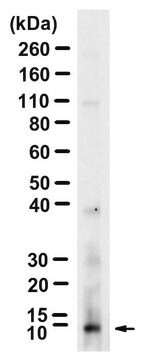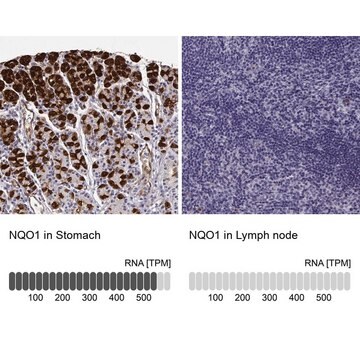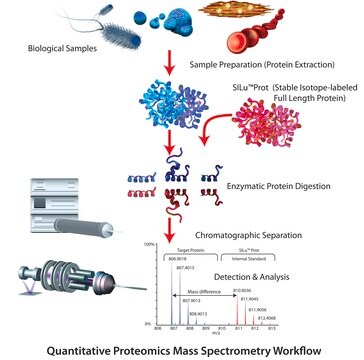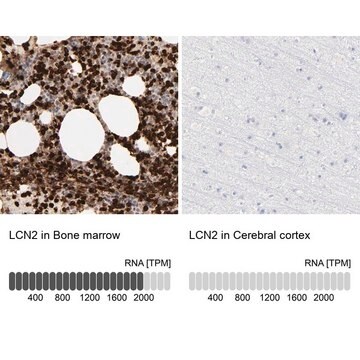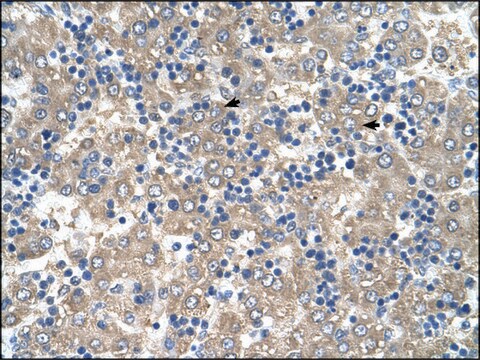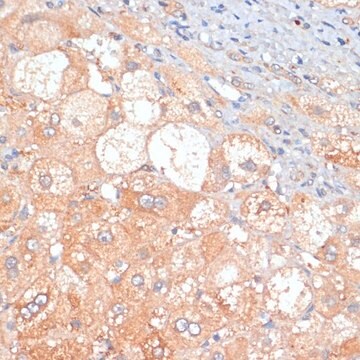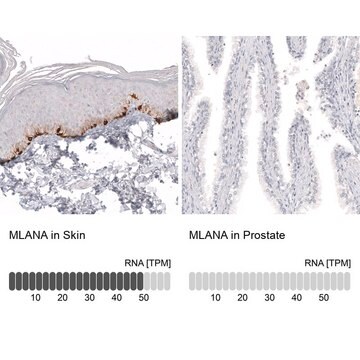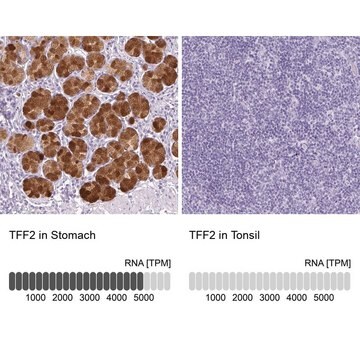MABS1989
Anti-Osteocalcin Antibody, clone 4C5
clone 4C5, from mouse
Sinónimos:
Bone Gla protein, BGP, Gamma-carboxyglutamic acid-containing protein
About This Item
Productos recomendados
biological source
mouse
Quality Level
antibody form
serum
antibody product type
primary antibodies
clone
4C5, monoclonal
species reactivity
human
packaging
antibody small pack of 25 μL
technique(s)
dot blot: suitable
isotype
IgG1κ
NCBI accession no.
UniProt accession no.
shipped in
ambient
target post-translational modification
unmodified
Gene Information
human ... BGLAP(632)
Categorías relacionadas
General description
Specificity
Application
Quality
Target description
Physical form
Other Notes
¿No encuentra el producto adecuado?
Pruebe nuestro Herramienta de selección de productos.
Certificados de análisis (COA)
Busque Certificados de análisis (COA) introduciendo el número de lote del producto. Los números de lote se encuentran en la etiqueta del producto después de las palabras «Lot» o «Batch»
¿Ya tiene este producto?
Encuentre la documentación para los productos que ha comprado recientemente en la Biblioteca de documentos.
Nuestro equipo de científicos tiene experiencia en todas las áreas de investigación: Ciencias de la vida, Ciencia de los materiales, Síntesis química, Cromatografía, Analítica y muchas otras.
Póngase en contacto con el Servicio técnico